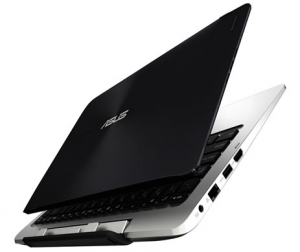Why Google and Microsoft Don’t Want Dual Boot
The primary reason that most people cite for the two companies not wanting a dual boot product is exclusivity. Essentially, they want to make sure that the user is tied into their specific platform. Someone using Android will be more likely to use the Google services and App store. While Microsoft may not have as much control in getting users to use their services, they have been moving more in that direction. If users have the ability to use either of the two platforms in a device, that means that they are not as tied into their specific platform and they may lose some of their customer base and their dollars to the other.
The other reason has to do with supporting customers on those products. After all, how does Microsoft deal with customer complaints about a product like the Duet when that user is having issues on the Android side or Google handle it when the user is in the Windows OS? Admittedly, most customers who buy something like the Duet would probably have sufficient knowledge to know the two different environments but the average consumer could potentially switch the two and not necessarily know which they are in.
Users Can Still Run Both Operating Systems
Now the great feature of the ASUS products was the ability to automatically switch between the two operating systems on the fly. While users don’t have this ability to do this on their own devices, they still can setup both operating systems to a PC. This can be done either through a dual boot setup or through virtualization.
A dual boot setup is fairly straight forward. A user would create two partitions on their drive in the computer. Each operating system is installed in one of the partitions and a boot manager is used to then select which of the two operating systems will be used when the computer is turned on. The big downside to this setup is that each runs independently of the other and requires that the PC be rebooted to switch between the operating systems.
Virtualization is something that has existed for some time but is becoming more common. For most people, this is done by having a primary operating system running on the PC. Then the second operating system is run on top of the primary operating system through virtualization software. The primary tool for doing this in a Windows environment right now is the use of and then installing the operating system into a virtual machine.

